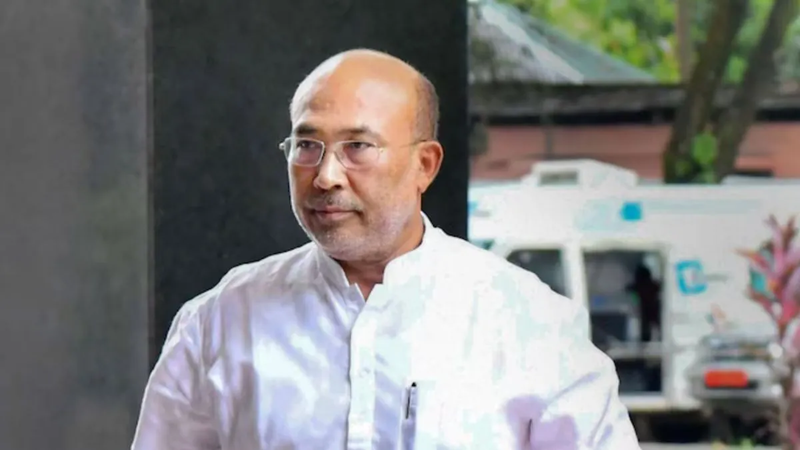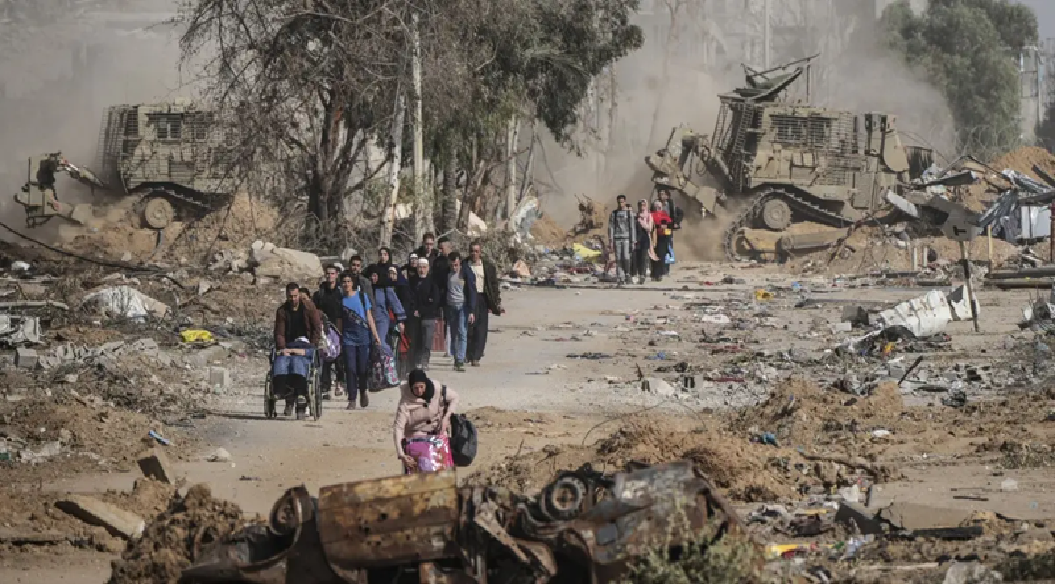
‘Qabar’ deftly explores religious polarisation
By Saloni Sharma
Word of caution: Don’t be taken in by the slimness of KR Meera’s Qabar. At just over a hundred pages, this novella is part social commentary and part journey of self-discovery, with a soupçon of a complex little love story. It traverses difficult terrain with commendable ease. Belying its compact form, it identifies patterns of and starts conversations on religious polarisation, bigotry, patriarchal strictures. Translated from the Malayalam by Nisha Susan, the book asks of the reader a little suspension of disbelief, a willingness to make sense of our increasingly harsh realities with an immersion into the surreal.
The story is structured as a first-person account by Bhavana Sachidanandan, Additional District Judge and single mother, presiding over a case of the demolition of the petitioner’s ancestor’s qabar (grave). The petitioner, Kaakkasseri Khayaluddin Thangal, urbane and nattily dressed, with “Sean Connery’s body and Kamal Haasan’s eyes”, challenges Bhavana’s image of a skullcap wearing, bearded, “clichéd Mappila”.
Thangal is also an illusionist / mind-reader / djinn-worshipper / practitioner of magic, depending on who is telling his story. Bhavana’s neatly organised existence is pushed into chaos with Thangal’s illusions, illusions that seem to be tapping into both her fears and her desires. Bhavana sees rainbows and snakes. She has visions of her ancestor, Yogishwaran Ammavan, come back to haunt her. She is tormented by the unfinished, unresolved stories of two girls/goddesses who are part of the legend surrounding Ammavan. The surreal becomes commonplace in the fascinating landscape of Qabar.
Demolition and the law
The law, or its functioning in current day India, comes under a fair bit of criticism. The legal system favours the privileged, we are reminded. Bhavana, fuelled by her resolute faith in the rightness of the law, sees herself as an upholder of justice. The law demands evidence, she states. In a conversation that reads like a commentary on recent verdicts on land disputes, she asks Thangal:
“Doesn’t your objection stand in the way of public interest? And even if you argued that the qabar has historical importance, you don’t have any documents to prove it do you?” (…)
“I have no proof on paper.” “Palm-leaf manuscripts then?” “No. But just because there isn’t a document doesn’t mean there is no qabar.”
Bhavana’s courtroom makes no space for sentiment or for faith. And yet, as she discovers, the qabar exists, both as the ruins of a structure with minarets, and in people’s imagination. Documentary proof of it does not. The demolition of the qabar remains a wrong the law has been unable to redress. History, perhaps the writer wants us to see, is made up not just of facts and transactions recorded on paper (or palm-leaf manuscripts) but of lived experiences, of socio-cultural practises, and of collective memory.
The communal divide that defines much of our contemporary reality is brought home to the reader not just through the prejudices that Bhavana acknowledges or in the callousness with which the disputed qabar is demolished but also in Thangal’s narrativisation of the dehumanisation involved in having been the victim of a riot: “Once a huge mob strips you naked and looks at your genitals to find out which side you are? No one to whom that has happened- whether you are a Hindu or a Muslim- stays a person.”
The interchangeability of this religious identity and the consequent meaningless of the violence we inflict on ourselves is illustrated with a generous dollop of irony in a revelatory scene where the familial mythologies of Bhavana and Thangal coalesce and become indistinguishable.
The woman’s version
Qabar has a resolutely feminist sensibility. Bhavana’s mother, in an act of ultimate subversion and reclamation of agency, chooses service to injured animals over her husband and marital home.
(This piece was first published on Scroll.in)
 English daily published in Bengaluru & Doha
English daily published in Bengaluru & Doha






